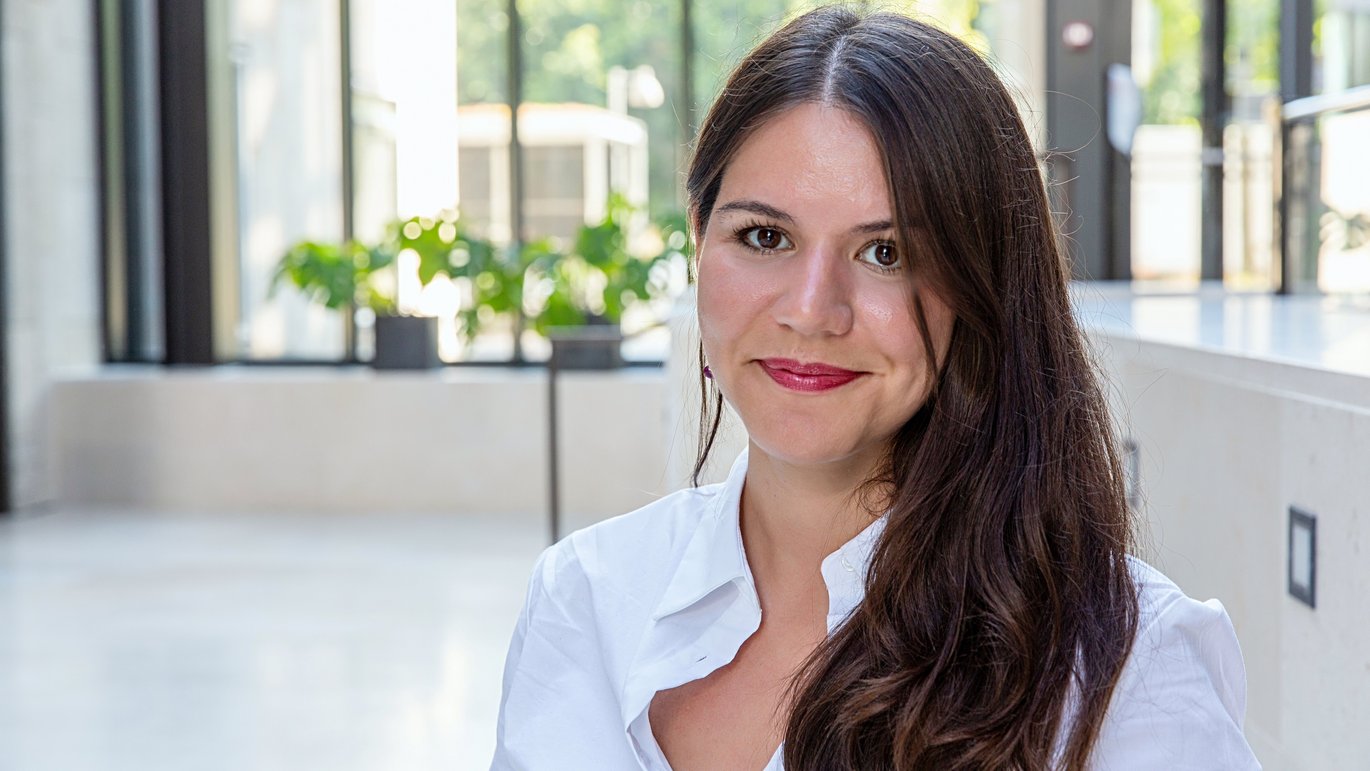Precursors to bone marrow cancer can stop themselves
Researchers have discovered that some cells enter a dormant state and create a defense against cancer – a breakthrough that could lead to early treatment.

Why do some patients with precursors to bone marrow cancer never develop the disease?
Researchers from the Department of Forensic Medicine at Aarhus University have found the answer.
In a new study published in the scientific journal Leukemia, researchers investigated multiple myeloma, a serious bone marrow cancer that arises in plasma cells.
Before the disease emerges, patients always have a precursor condition, either MGUS (monoclonal gammopathy of undetermined significance) or SMM (smoldering multiple myeloma). These conditions are not cancer themselves but are associated with an increased risk of developing bone marrow cancer - approximately 1% and 10% increased risk per year, respectively.
Why some patients with MGUS or SMM develop cancer while others never do has remained an unanswered question.
Used artificial intelligence
Researchers from Aarhus University examined bone marrow samples from patients with MGUS and SMM. Some of the patients developed bone marrow cancer within 5-10 years, while others remained stable without disease progression.
Using artificial intelligence, the researchers compared tissue samples from patients in the precancerous stage to those from healthy individuals and newly diagnosed cancer patients.
The surprising result: some of the precursor plasma cells, which had not yet turned cancerous, entered a special state called cellular senescence.
“This means the cells stop dividing in response to stress - such as the activation of cancer-promoting genes - but they do not die,” explains Assistant Professor Marta Diaz del Castillo from the Department of Forensic Medicine, one of the study’s authors.
“In patients who do not develop bone marrow cancer, we can see that the cells induce senescence in the surrounding bone marrow tissue - a state best described as a form of dormancy - and create small ‘hot spots’ of dormant cells. These areas can potentially be recognized and eliminated by the immune system,” she says.
In patients who did go on to develop bone marrow cancer, the researchers found no signs of dormancy spreading in the surrounding bone marrow environment.
“This suggests that the ability to trigger cellular senescence - or dormancy - in the microenvironment around plasma cells may be a protective mechanism that is lost in those who develop cancer,” explains Marta Diaz del Castillo.
A Step Toward Early Treatment
Currently, patients with MGUS and SMM receive no treatment - they are simply monitored until the disease manifests. The new study could be a step toward early intervention, before the disease becomes incurable.
The researchers have identified blood markers of the critical cellular dormancy that appears to be linked to disease progression. This offers hope that, in the future, a blood test could be used to identify which patients need early intervention.
Changing our understanding of how cancer can arise
This is the first time researchers have shown that senescence - usually seen as an aging process or a precursor to cancer - can actually act as a protective factor in some cases of bone marrow cancer.
“It changes our understanding of how cancer can arise and opens up new possibilities for developing treatments that either promote or inhibit senescence at the right time,” says Marta Diaz del Castillo.
The researchers are now working to determine which cells in the bone marrow respond to senescent plasma cells - and whether these responses can be measured in the blood. They are also testing in mouse models whether removing senescent cells affects cancer development - and whether this could be used as a form of prevention.
Behind the research
- The study involved AI-assisted histology of clinical samples from pathology biobanks.
- Collaborators include the Mayo Clinic (Minnesota, USA), the Department of Pathology at Odense University Hospital, and Vejle Hospital.
- External funding: NIH, Neye Foundation, Danish Cancer Society.
- Read more in the scientific article: https://www.nature.com/articles/s41375-025-02572-z
Contact
Assistant Professor Marta Diaz del Castillo
Aarhus University, Department of Biomedicine
Phone: +45 7183 2607
Email: marta@forens.au.dk
This text is based on machine translation